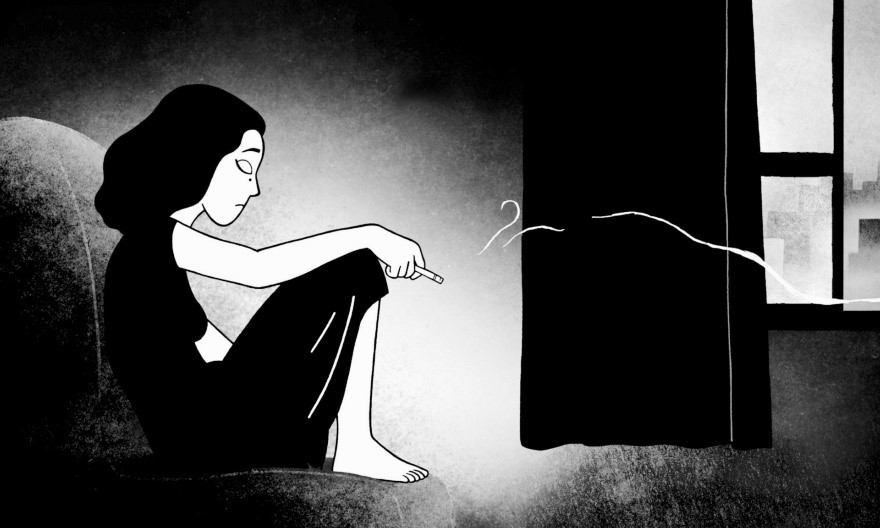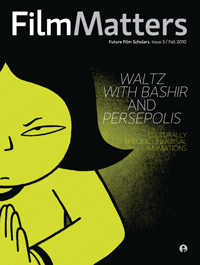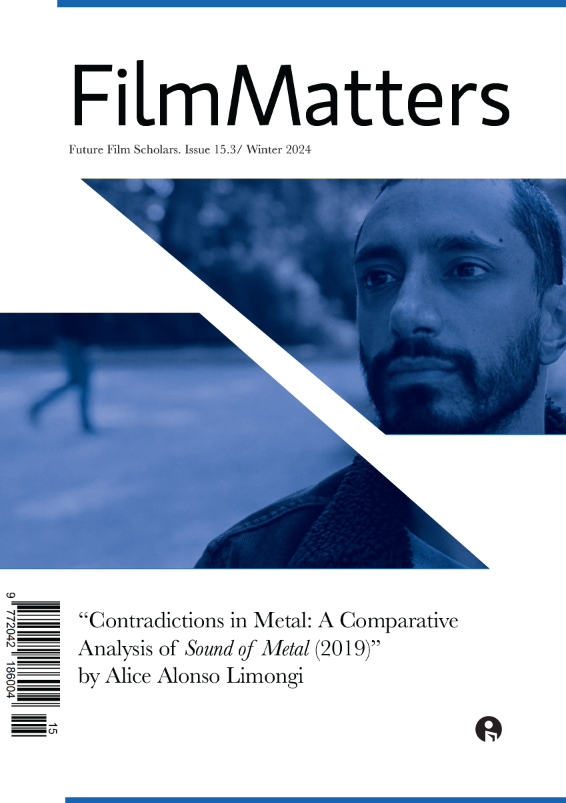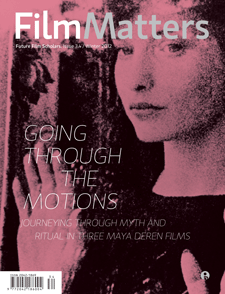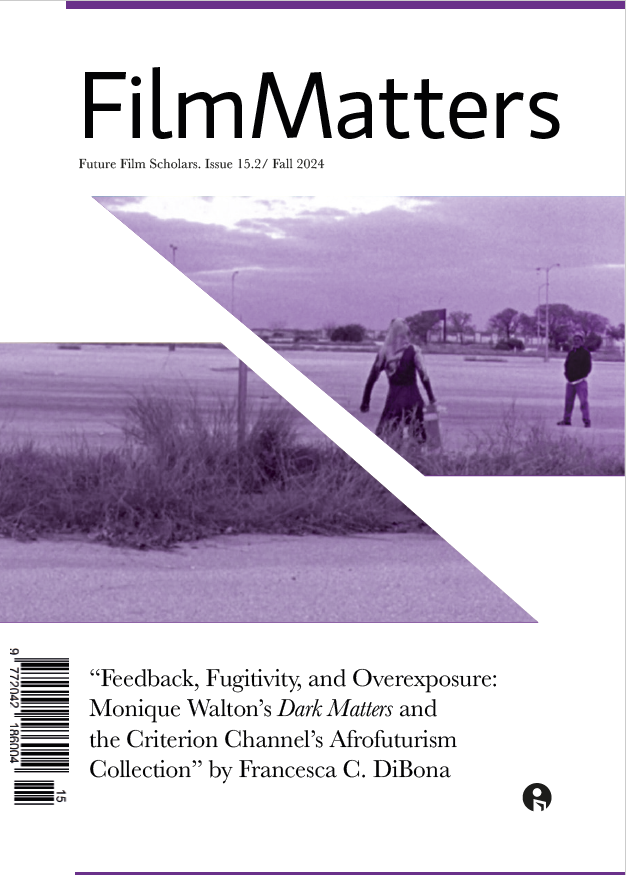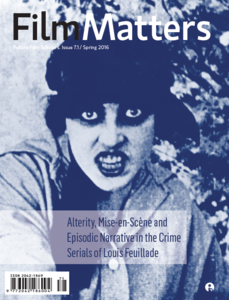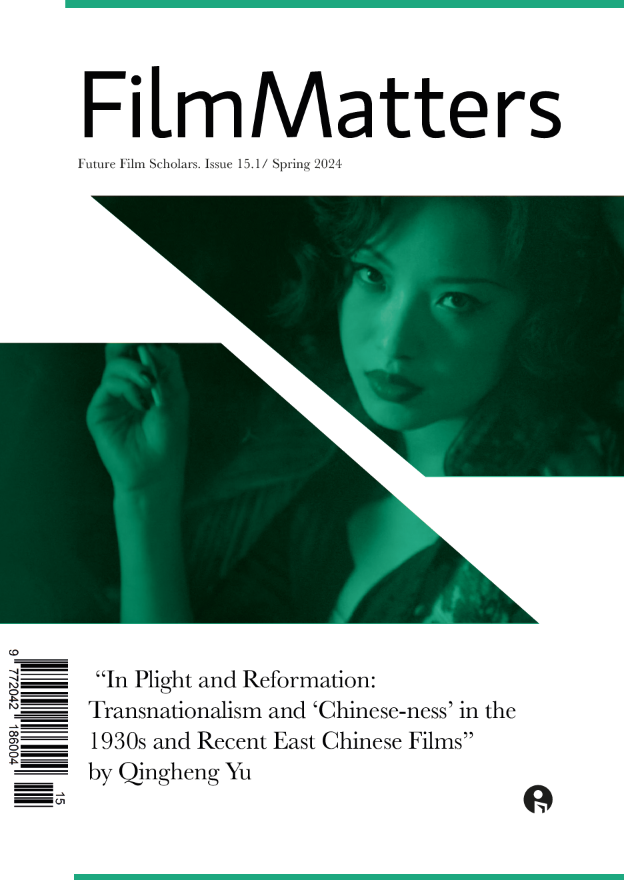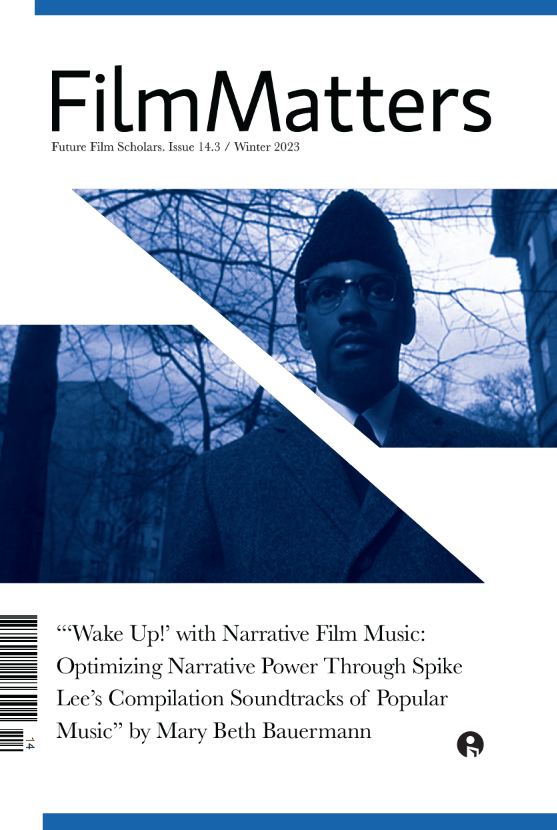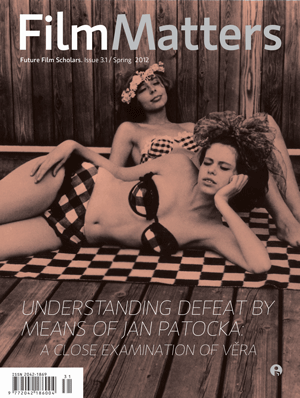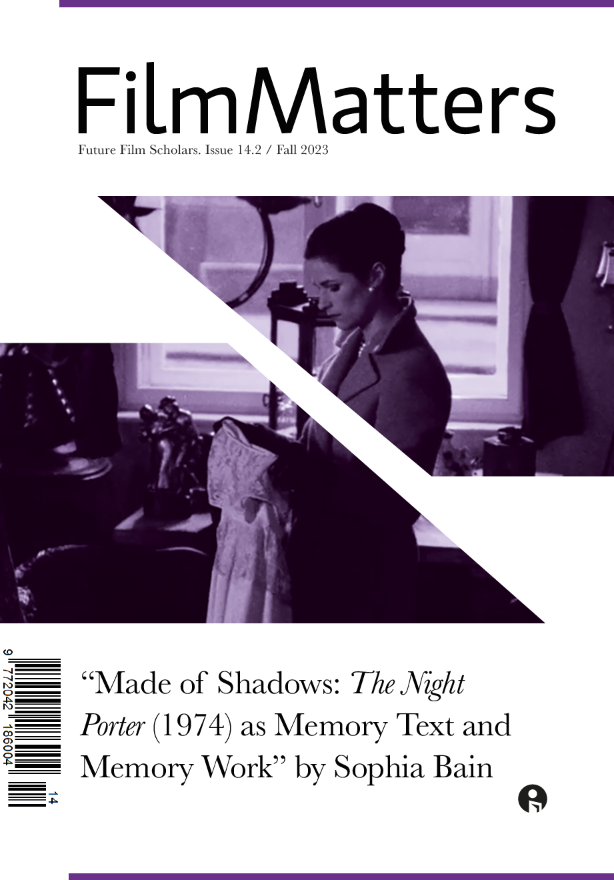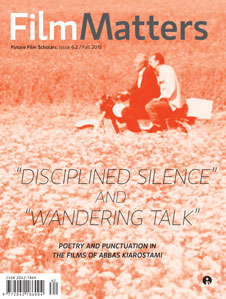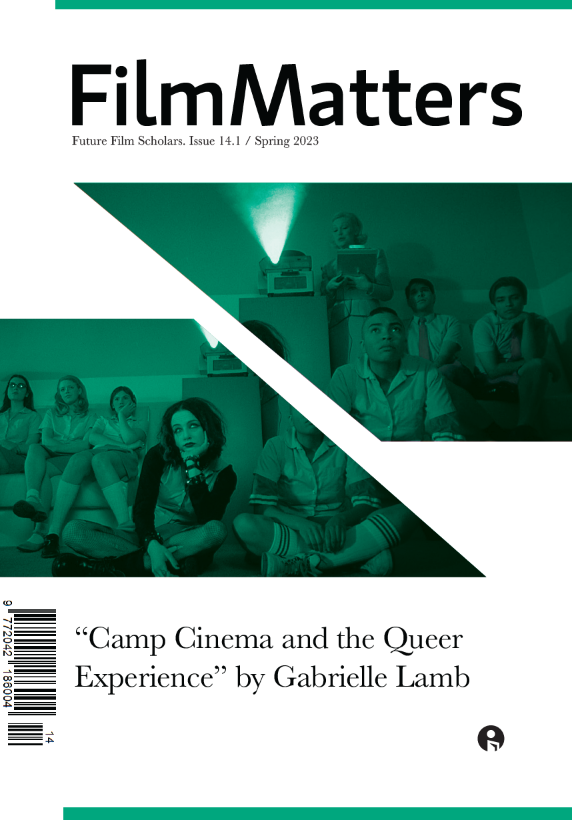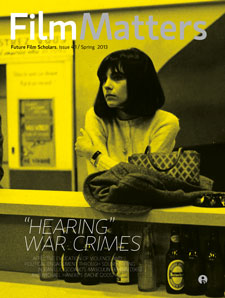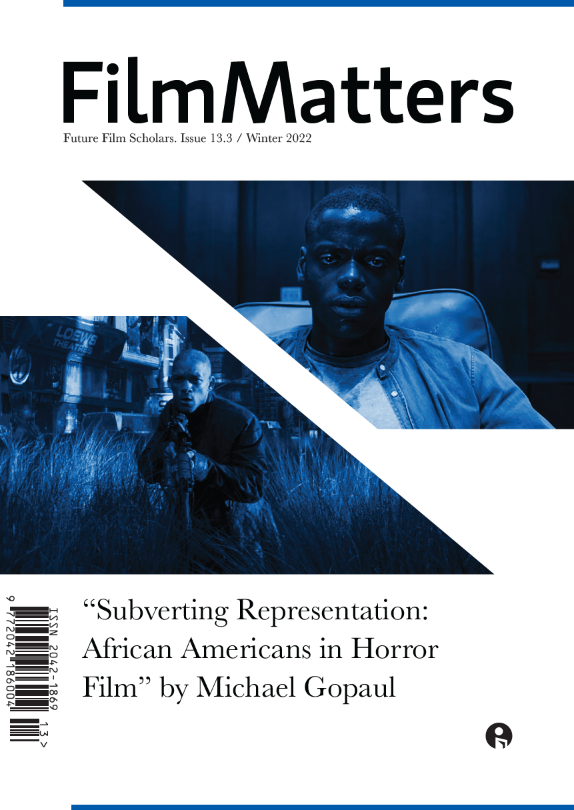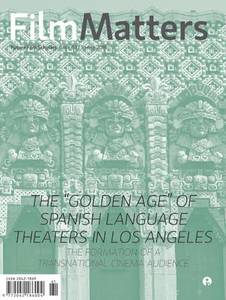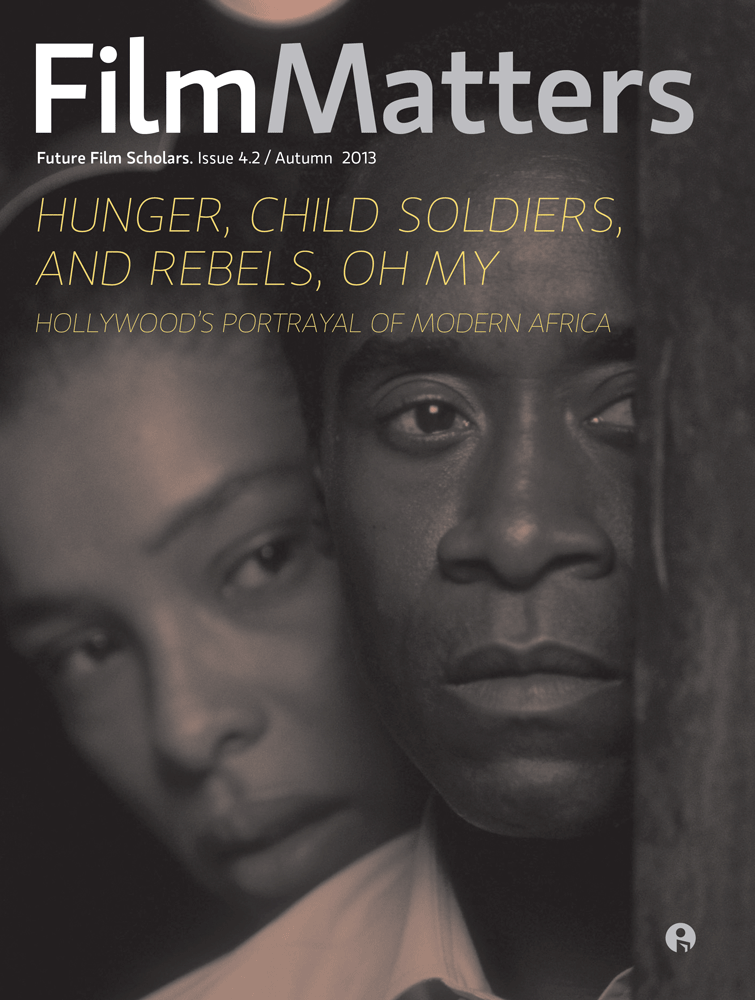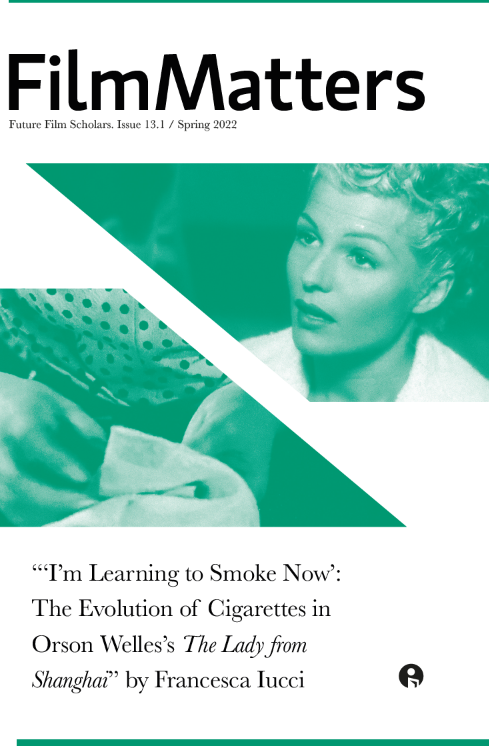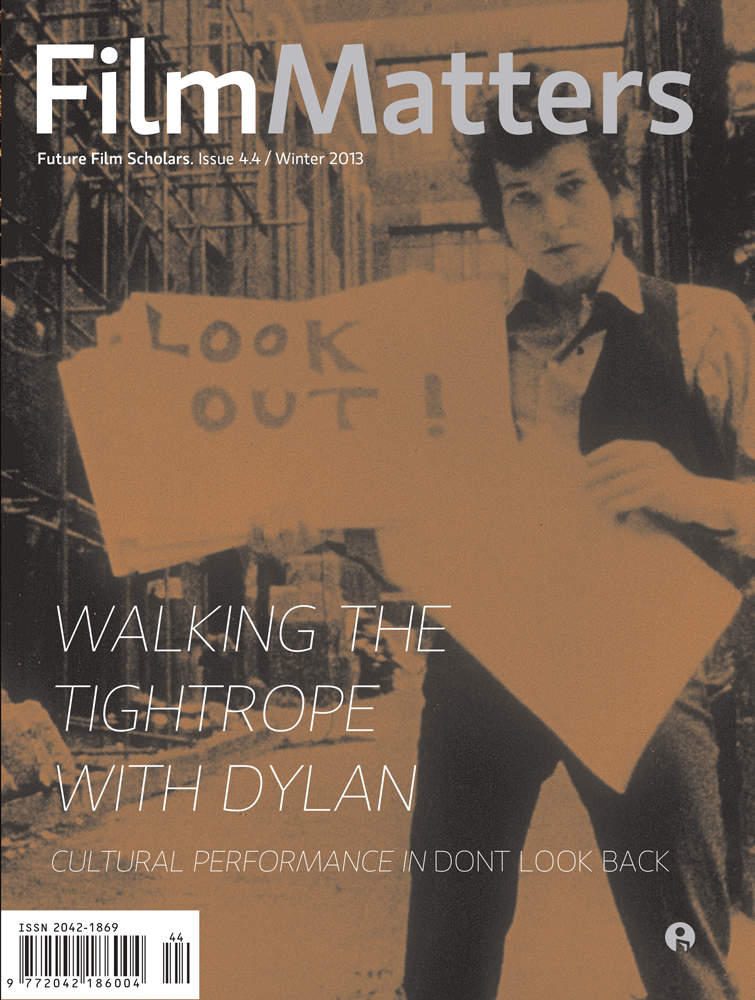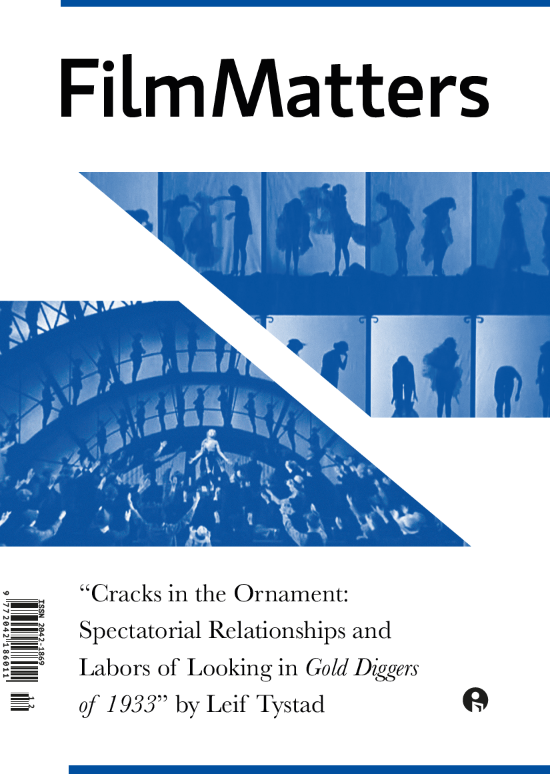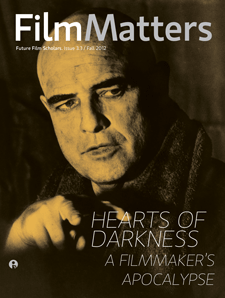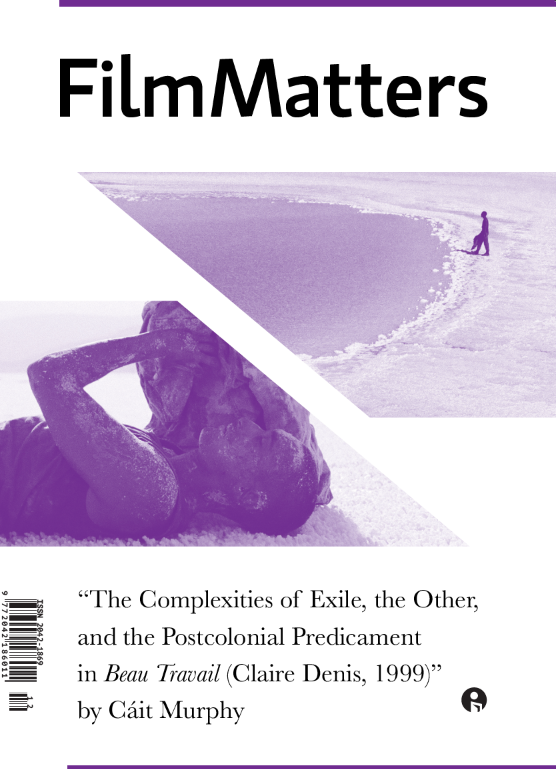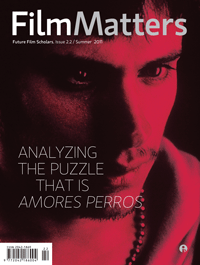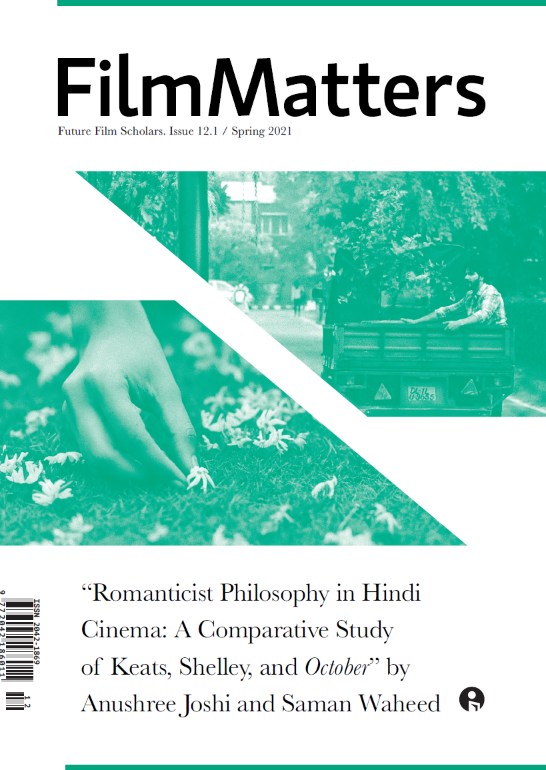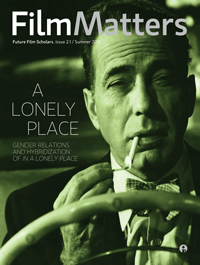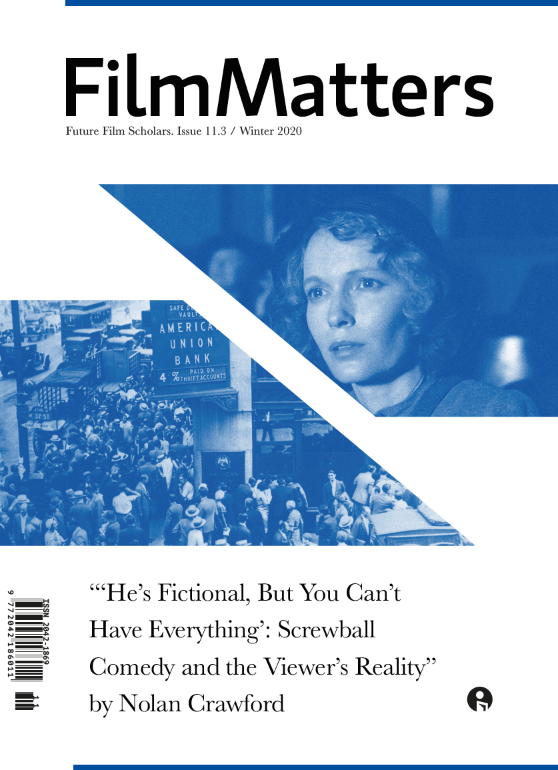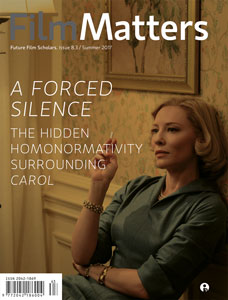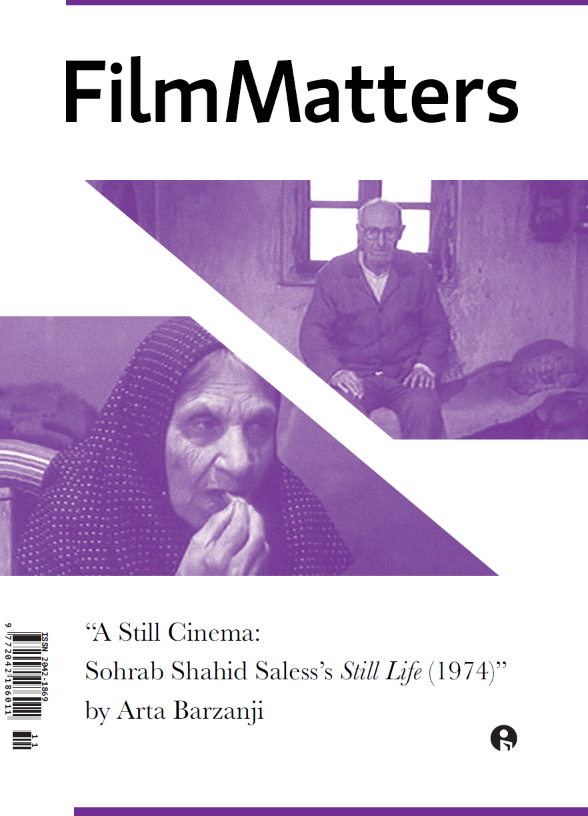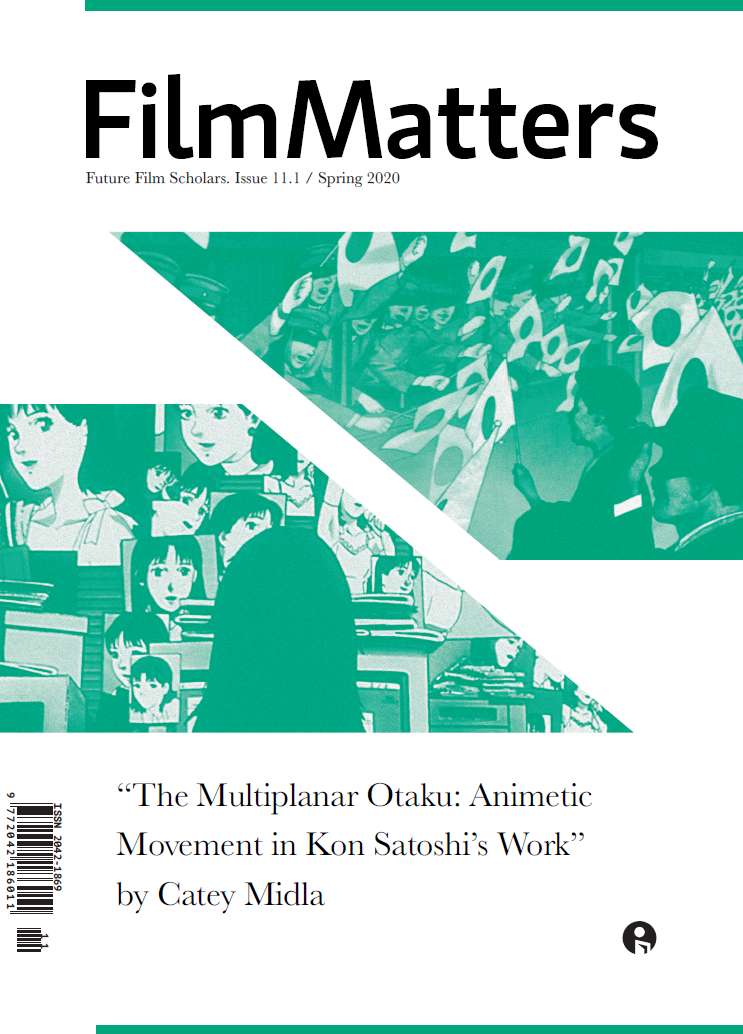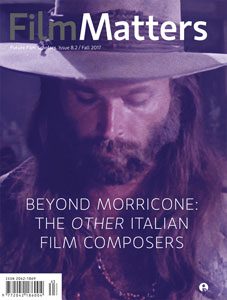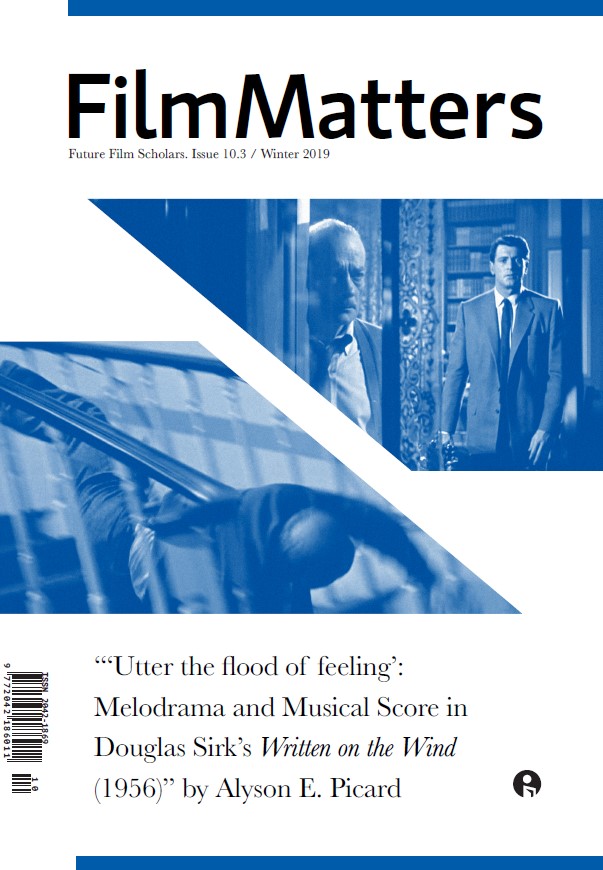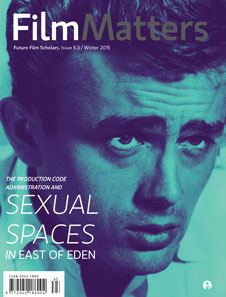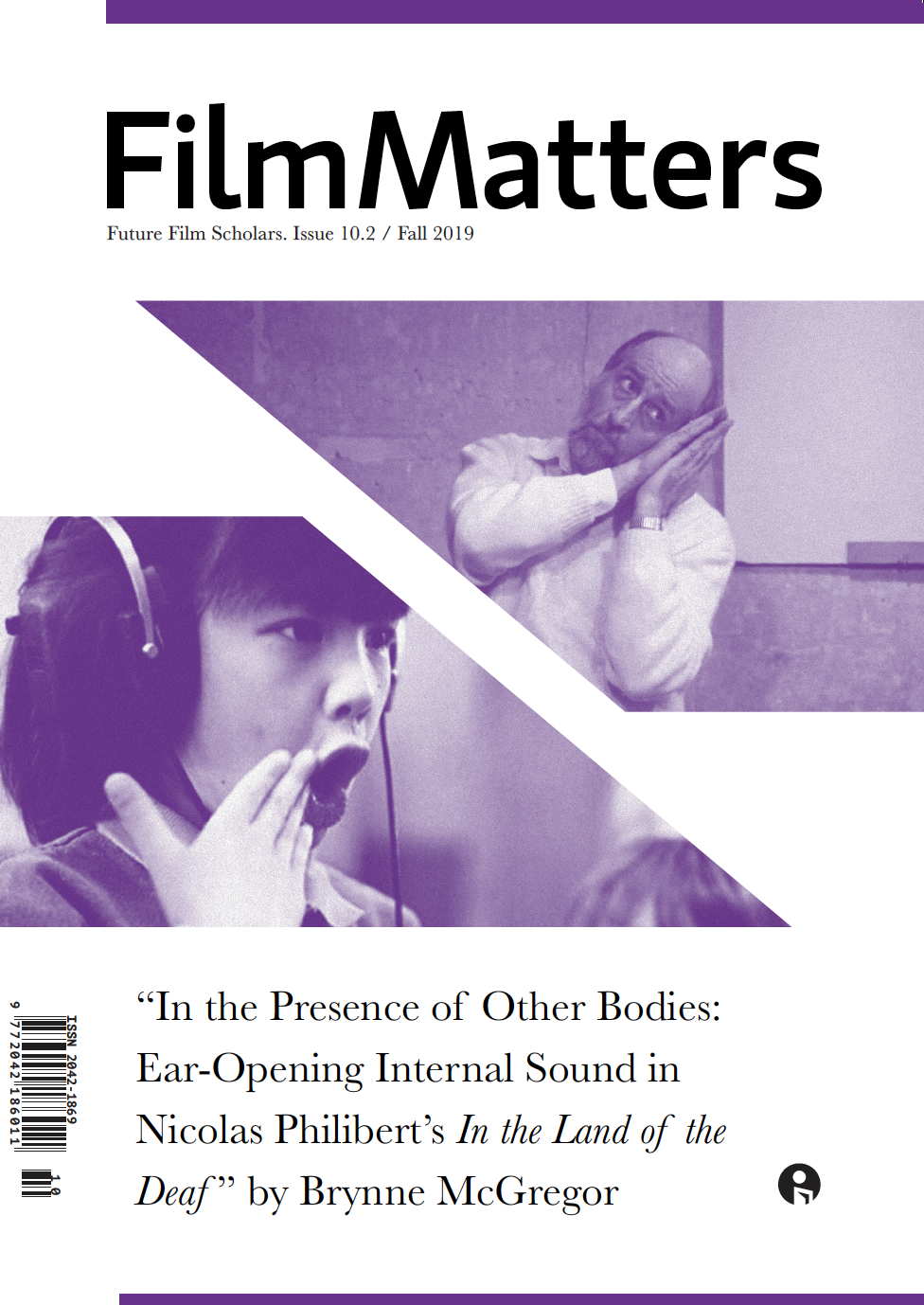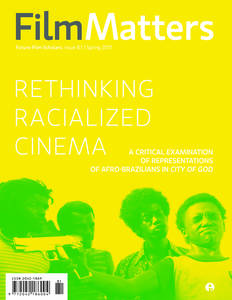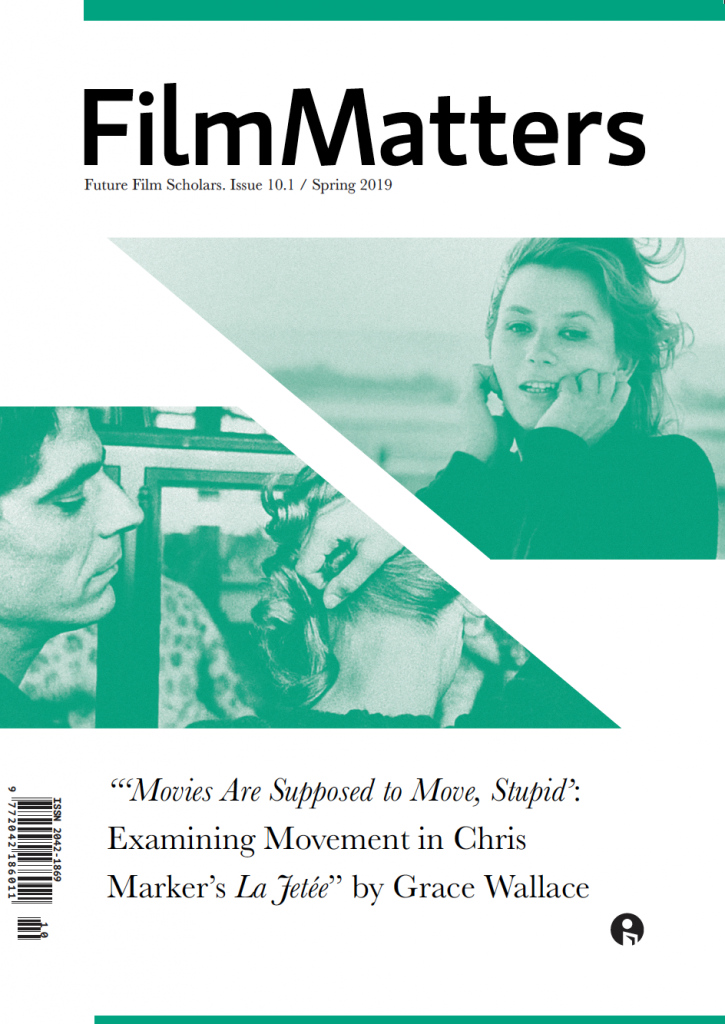Director, Henry Selick, routinely utilizes stop motion to seamlessly relay critical themes and motifs while supporting his cinematic content. Selick demonstrates his influence and artistic control via stark color contrasts, similar themes, and dark cinematic concepts across each of his films, including James and the Giant Peach (1996) and The Nightmare Before Christmas (1993), among others. The director adopts a similar strategy in his 2009 film Coraline, based on Neil Gaiman’s book of the same name. Through an array of visual motifs, director of Coraline, Selick, delivers a cautionary tale encouraging viewers to relinquish envy and find contentment in their lives.
Continue readingCoraline (2009). A Motif Analysis by Tia M. Adkins
Ashley R. Spillane, Author of FM 11.2 (2020) Article “Iranian Essay Film Practice: A Blind Spot in Film History”
Film Matters: Please tell us about your article that is being published in Film Matters.
Ashley R. Spillane: “Iranian Essay Film Practice: A Blind Spot in Film History” aims to prove, through research and analysis, that essay film practice is present in Iranian cinema, using Taxi Tehran (2015), Persepolis (2007), Close-Up (1990), A Moment of Innocence (1996), and The House is Black (1963) as case studies. The article focuses on the essayistic tendencies of these films and investigates the ways in which these traits are reapplied in Iranian contexts, influenced by Iranian culture, history, social norms, and politics.
Continue readingFM 11.2 (2020) Officially Out!
Film Matters is happy to announce the release of FM 11.2 ,via Ingenta and EBSCO. (Due to the ongoing COVID-19 situation, print copies will follow once the Intellect offices are back open at some point in 2021.)
In this issue, you will find the following peer-reviewed feature articles:
- A Still Cinema: Sohrab Shahid Saless’s Still Life (1974) by Arta Barzanji
- Musical Communion in a Post-national World: The Other Side of Hope (2017) by Andrew Lewis
- Iranian Essay Film Practice: A Blind Spot in Film History by Ashley R. Spillane
- Just Images: The Spectacle of Judicial Systems in Documentary Cinema by George Turner
- The Forgotten Narrative of Palestine by Ben Werdegar
The “FST Graduation” dossier:
- FST Graduation 2020 Introduction by Tim Palmer and Liza Palmer
- FST Graduation 2020 by Caroline A. Allen, Nick Carter, Richard Grafe Jr, Georg Koszulinski, Jacqueline D. Mangrum, Olivia Outlaw, Elizabeth Rawitsch, August U. Schaller, André Silva, Shannon Silva, Ashley R. Spillane, and Miranda A. Sprouse
The next Mapping Contemporary Cinema installment:
- Heritage Cinema and the Holocaust in Margarethe von Trotta’s Rosenstrasse (Rosenstraße, 2003) by Alex Kelly
These book reviews:
- Nollywood: The Creation of Nigerian Film Genres, Jonathan Haynes (2016) by Matthew Johnson
- Gender in Post-9/11 American Apocalyptic TV: Representations of Masculinity and Femininity at the End of the World, Eve Bennett (2019) by Miranda A. Sprouse
- Reconstructing American Historical Cinema: From Cimarron to Citizen Kane, J. E. Smyth (2009) by Hannah Sieber
- Double Visions, Double Fictions, Baryon Tensor Posadas (2018) by David Flaherty
- From Steam to Screen: Cinema, the Railways and Modernity, Rebecca Harrison (2018) by Nick Ryder
- Sofia Coppola: The Politics of Visual Pleasure, Anna Backman Rogers (2019) by Miranda A. Sprouse
These film reviews:
- Long Day’s Journey into Night (2018): Reality, Memory, and Dream in the Cinema Spectacle by Hannah Hiu Lam Poon
- Spiders and Doppelgängers in Denis Villeneuve’s Enemy (2013) by David Flaherty
- Arrival (2016) by Christian E. Gainey
A Take Two on Spider-Man: Into the Spider-Verse:
- Spider-Man: Into the Spider-Verse (2018) by Jason Husak
- Spider-Man and the Power of Animation by Joshua Puckett
And these DVD/Blu-ray reviews:
- To Sleep with Anger (1990) by Hannah Lustyik
- The Philadelphia Story (1940) in 9 Frames by Alexis Dickerson, Andrew P. Nielsen, Ashley R. Pickett, Ashley R. Spillane, and Andrew Ryan Wentz
- High Noon (1952) by John I. Alston
- In a Lonely Place (1950) in 2 Frames by Olivia Outlaw and Miranda A. Sprouse
For more details about this issue, please visit: https://www.ingentaconnect.com/content/intellect/fm/2020/00000011/00000002
Are you an undergraduate author who wants to be published in Film Matters? Then we want to work with you! Please check out all the different ways you can publish with us.
Stay healthy!
Lauren Mattice, Author of FM 11.1 (2020) Article “Actualizing ‘It’: Clara Bow and the Scrutinized Star Persona”
Film Matters: Please tell us about your article that is being published in Film Matters.
Lauren Mattice: My article focuses on starlet Clara Bow and her once lost film It (1927) and demonstrates how both stars and studios have navigated the sexual identities of women. The essay looks to the original release of It and its reevaluation after a single surviving copy was discovered in Prague in the 1960s to illustrate how scholars have explored beyond its initial commercial and critical success to examine how Bow’s embodiment of the young, vivacious flapper girl uncovers the ideal image of the 1920s new woman as desired by growing female audiences.
Continue readingMohsina Shafqat Ali, Author of FM 11.1 (2020) Article “Existence or Extinction? 2001: A Space Odyssey and Blade Runner”
Film Matters: Please tell us about your article that is being published in Film Matters.
Mohsina Shafqat Ali: Yes, the picture is HAL’s eye. However, the red eye not only resembles HAL’s eye, but also a demon’s eye. Is the computer a demon in this age? How and why did humans let it control us so much? These are the questions that are the foundation of my article, especially for 2001,when HAL has control over the whole ship. But also, for Blade Runner, when Deckard uses and misuses the computers.
Continue readingAligarh (2015) – Redefining Notions of Queerness in an Orwellian State. By Mustafa Rajkotwala
Set in the locality of Uttar Pradesh, written by Apurva Asrani and directed by Hansal Mehta, Aligarh is a depiction of the real life accounts of Srinivas Ramchandra Siras (played by Manoj Bajpayee), a 64-year old Marathi professor and the chairman of the Classical Modern Indian Languages Faculty at the famed Aligarh Muslim University (“AMU”) who was suspended from his position on the grounds of “gross misconduct” in accordance with the principles of morality set by the University, simply because his sexual preferences did not subscribe to the “order of nature,” i.e., he was gay.[i]
Continue readingLubna Umar, Author of FM 11.1 (2020) Article “Bollywood and the Re-Orientalization of India: The Making of the Muslim ‘Other’ in Bhansali’s Bajirao Mastani (2015) and Padmaavat (2018)”

Film Matters: Please tell us about your article that is being published in Film Matters.
Lubna Umar: My article explores Sanjay Leela Bhansali’s films, Bajirao Mastani and Padmaavat, to show how aesthetics in Bollywood films play a major role in “re-Orientalizing” India. The article uses postcolonial theory to critically analyze how the politics of aesthetics positions societal groups in a strict hierarchy, based on morality and nationalism. While watching these films, I recognized the recurring theme of demonizing and otherizing Muslim characters, and upon initial research, I found out that more film scholars discovered the same. I felt the need to explore this idea even further and showcase how it affects the Muslim spectator.
Continue readingSarah Mae Fleming, Author of FM 11.1 (2020) Article “The Sunken Place in the Cineplex: Get Out and Hollywood”

Film Matters: Please tell us about your article that is being published in Film Matters.
Sarah Mae Fleming: In this article, I analyze Jordan Peele’s Get Out in terms of both the horror genre and Hollywood conventions. My essay argues that the film subverts both generic conventions specific to horror and broader cinematic traditions to create a film that expresses a Black fear and anxiety toward whiteness, in direct conflict to Hollywood’s long history of portraying a white fear of Blackness.
Continue readingBlack Representation Matters: Reflections on Hendrix Windgate Museum of Art’s Inaugural Film Series. By JaZmyn Shambley and Sophia Stolkey
The summer of 2020 unfolded as one of the most tragic and exhausting in American history. The murder of George Floyd sparked outrage across the country as many protested against the corrupt police force and their brutality against Black Americans. People of all backgrounds united to demand justice for Black individuals through the Black Lives Matter social movement, working to create a more wholesome and undivided community. Despite the country’s newfound sense of a stronger community, many prejudiced and close-minded Americans attempted to suppress the Black Lives Matter movement by violently denigrating its supporters. George Floyd’s death by police brutality was, unfortunately, not the first of its kind, and not even the last. The national Black community has continued to endure racism from seemingly the beginning of time, and last summer’s events are a reminder of the extensive history of adversities to which Black people have been subjected – from slavery, to systemic racism, and more recently, police brutality. To say the least, being Black in America equates to an exhausting and distressing existence.
Continue readingCall for Video Essays
[ENGLISH] Call for Video Essays
Film Matters Magazine, published by Intellect, is happy to announce a call for video essays made by undergraduate students and/or recent graduates. For information about Film Matters Magazine, please visit:
Eligibility: submissions are accepted from scholars worldwide who are either (1) currently enrolled in an undergraduate program (regardless of discipline) or (2) recent graduates from one. Recent graduates must have received their bachelor’s degrees no earlier than a year from the deadline and must not be currently enrolled in a graduate program.
What to submit: submissions must include three items. (1) An original and unpublished piece of videographic scholarship, authored solely by undergraduates/recent graduates. Video essays must be between 5 and 20 minutes and feature English subtitles (hard-coded), regardless of what languages are spoken in the video. To be considered for publication, video essays must make an identifiable argument and substantially transform the original audiovisual material (i.e., through editing, commentary, etc.). Resources regarding videographic criticism, including information on Fair Use, may be found at: http://mediacommons.futureofthebook.org/intransition/resources. Video essays must be uploaded to Vimeo in private mode; link and password must be provided in the accompanying written statement. (2) A written statement of no less than 300 and no more than 600 words. These statements should not be a transcript of the video, but rather an explanation of the author’s intentions. Statements must be written in English, and bilingual statements are especially welcome. (3) A 150-word, English-language bio of the author.
How to submit: please direct your submission and eventual questions to Film Matters Magazine’s Video Essays Editor Pedro Branco (University of Brasília) at VideographicFM@gmail.com. Feel free to write in English, Portuguese, Spanish, or French.
Deadline: submissions must be received by August 15, 2021, to be considered for publication in issue 13.1 (2022) of Film Matters Magazine.
Continue reading

